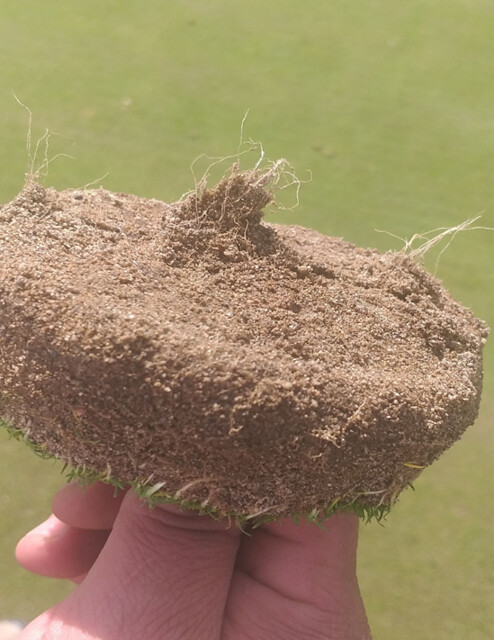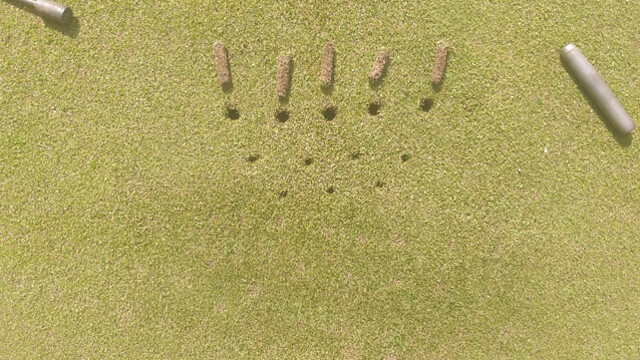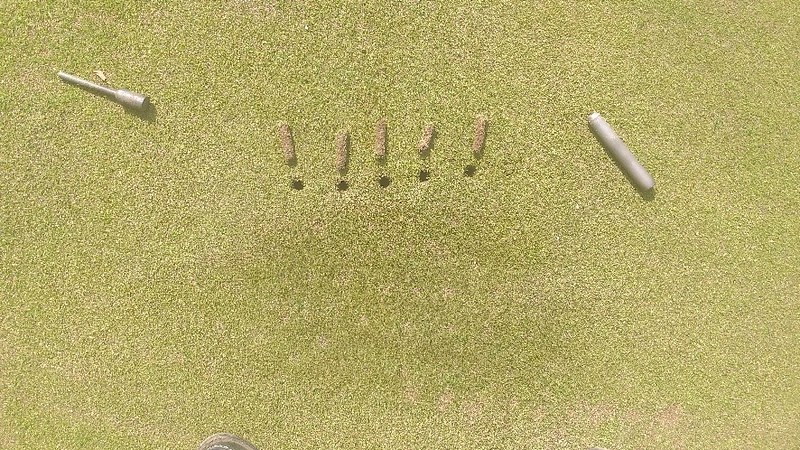Peak golf seasons are usually associated with spring and fall. These two seasons are also normally associated with overall ideal environmental conditions which are favorable for turfgrass growth, which in turn should produce maximum presentation and playability of the golfing experience. Unfortunately, it also the time of the year when most clubs choose to aerify and remove large cores from the putting surfaces and then refill them with new sand. Normal recovery time is two to three weeks and putting surfaces are anything but fun during this recuperation time frame. This is a viable practice if your objectives are to modify and improve the sub-surfaces of say push up greens. However, if you have sand-based greens properly constructed with round particles sand that followed USGA particle size specifications then one can consider other alternative, less disruptive, cultural practices. The sand doesn´t wear out and need to be changed. We are taught that core aerfiying relieves compaction but we are also taught that round sand resists compaction and that why we can roll greens. Core aerifying is beneficial in removing thatch build up. Agreed but the thatch can be controlled through weekly verticutting and biweekly light top dressing with sand. Eliminating insecticides and the addition of molasses or other syrups will favor the presence of microorganisms which aid in the decomposition of the thatch. Getting air to the roots and allowing the surfaces to dry out is the key factor in justifying the aerifcation process.

This what normally happens below the soil following a core aerification. The roots are attracted to the hole and the air. I am sure if we used a smaller solid tyme and there were 20 holes in this plug the results would be a vast roots system more uniform throughout the plug.

Frequent small solid tines with minimum spacing is a valid alternative in many cases to the standard core aerifying.

[font=]Example of a small core aerifying and in front of the cores an example of solid aerifying[/font]

The holes disappear after passing some kind of drag or broom.
The standard program we will follow: aerify with small solid tines, verticutt in two directions, lightly topdress with sand, drag and roll in two directions. Repeat in three weeks.